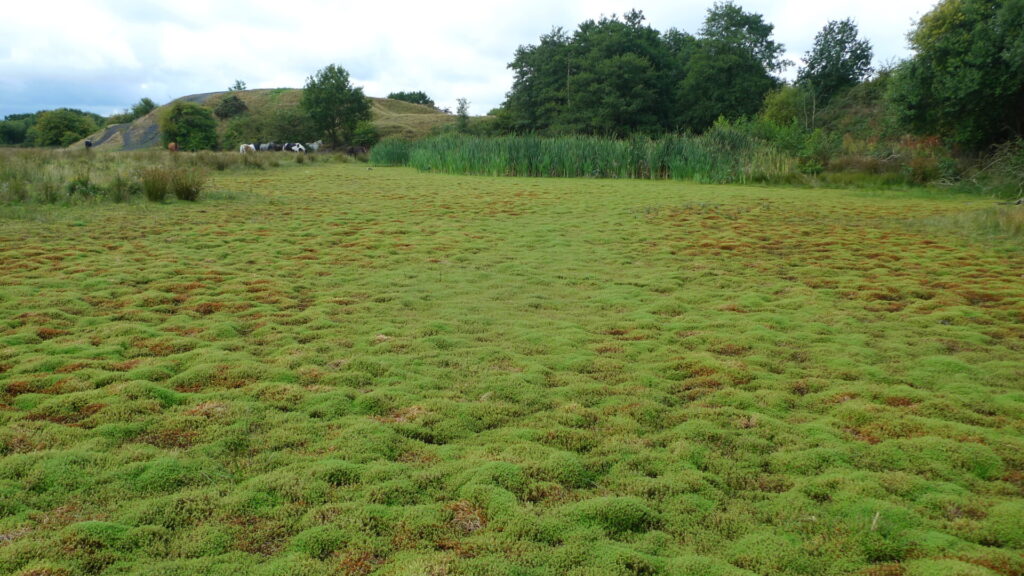
The Crassulaceae or Stonecrop family looks ornamental most of the year because of its rounded, succulent and evergreen foliage. However, the flowers give it an extra attraction!
I always associated this family with drought loving plants but I learned it has several moisture loving members too!
The flowers are providing food as well as shelter for many types of insects.
Several of the genera and species mentioned in Stace are in fact ornamental garden plants and have ‘escaped’ into the wild as often happens! At least one species of Crassula is now a serious weed, originally introduced as an aquatic ornamental for ponds.
Thanks for pictures donated by Mike Poulton of Ecorecord as well as from Wikipedia Commons. If there is no picture, you will see what it looks like by pressing the link below the (common) Name. Also pictures in the Gallery of the Plant Atlas Online, which you can find pressing the link on the Scientific Name.
Any Crassulaceaes found in the Flora of Birmingham & Black Country will have FBBC next to the plant in the contents below.
A blue background tells you about the habitat where it can be found in B.I. as well as for interesting facts or wildlife use! A pink background means a warning (such as poisonous!) or medicinal use, green for edible, ornamental or other uses.
Contents:
Crassula or Pigmyweeds:
C. tillaea or Mossy Stonecrop
C. aquatica or Pigmyweed
C. helmsii or New Zealand Pigmyweed FBBC
C. decumbens or Scilly Pigmyweed
C. pubescens or Jersey Pigmyweed
Umbilicus rupestris or Navelwort
Sempervivum spp or House-leeks
Sempervivum tectorum or House-leek FBBC
S. arachnoideum or Cobweb House-leek
Aeonium cuneatum or Aeonium
Aeonium arboreum ‘Atropurpureum’ or Dark Purple Houseleek Tree
Rhodiola, Hylotelephium, Sedum spp., Petrosedum, more Sedum spp. and Phedimus or Stonecrops:
Rhodiola rosea ( syn. Sedum rosea) or Roseroot FBBC
Hylotelephium spectabile or Butterfly Stonecrop FBBC
Hylotelephium telephium or Orpine FBBC
Sedum acre or Biting Stonecrop FBBC
S. album or White Stonecrop FBBC
S. anglicum or English Stonecrop
S. villosum or Hairy Stonecrop
S. praealtum or Greater Mexican-stonecrop FBBC
Petrosedum forsterianum or Rock Stonecrop FBBC
P. rupestre or Reflexed Stonecrop FBBC
P. sediforme or Pale Stonecrop
Sedum dasyphyllum or Thick-leaved Stonecrop
- S. anacampseros or Love-restoring Stonecrop
- S. hispanicum or Spanish Stonecrop
- S. kimnachii or Lesser Mexican-stonecrop
- S. lydium or Least Stonecrop
- S. spathulifolium or Colorado Stonecrop FBBC
- S. sexangulare or Tasteless Stonecrop FBBC
